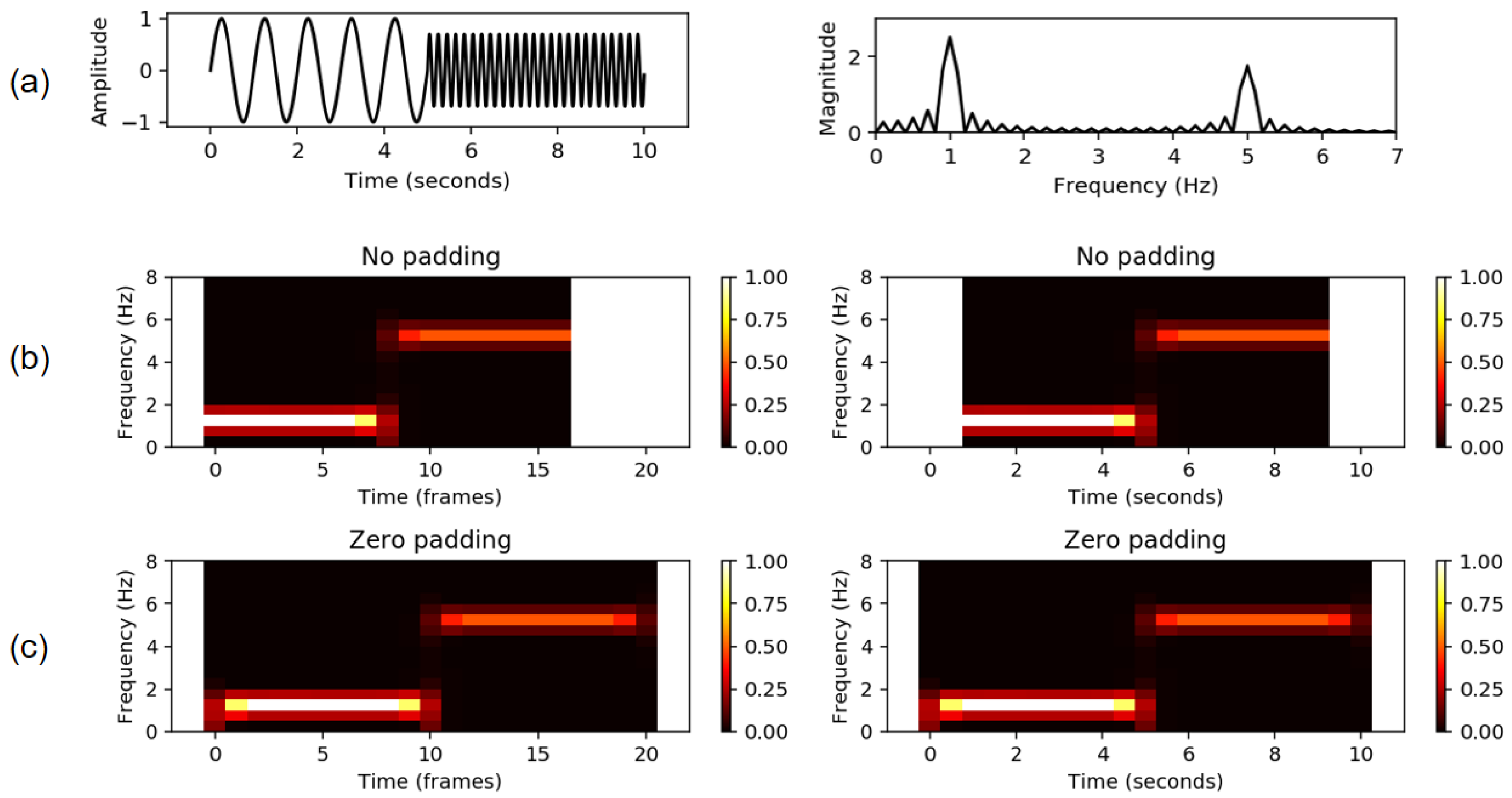

- #Python jupyter notebook fourier transform pdf
- #Python jupyter notebook fourier transform install
- #Python jupyter notebook fourier transform code
- #Python jupyter notebook fourier transform download
- #Python jupyter notebook fourier transform windows
The we run the tests to test that we have all the packages we need. diff ( my_f, x ) = 2 * x print ( "Testing sympy -> sympy OK" ) def test_pytest (): try : import pytest except ImportError : print ( "Could not import 'pytest' -> fail" ) return None print ( "Testing pytest -> pytest OK" ) Symbol ( 'x' ) my_f = x ** 2 assert sympy. remove ( testfilename ) def test_sympy (): try : import sympy except ImportError : print ( "Could not import 'sympy' -> fail" ) return None # simple test x = sympy. exists ( testfilename ) print ( "Testing matplotlib. savefig ( testfilename ) # Then check that file exists assert os. format ( testfilename )) else : # Write plot to file pylab. minor if major = 3 : pass else : print ( "You are running Python exists already."\ Import math import os import sys def test_is_python_35 (): major = sys.
#Python jupyter notebook fourier transform download
The installation of Anaconda 3 (which includes Jupyter Notebook) and MATLAB is described elsewhere but must be done before you can open and execute this notebook.Īssuming that you have installed Anaconda 3, you can download and open this notebook using the command:
#Python jupyter notebook fourier transform install
However, to fully access all the examples that have been provided as Jupyter notebooks for EG-247 you will need to install both MATLAB (I used MATLAB 2019a) and Python 3 (I used Anaconda 3) and this is something of a technical challenge. … more interestingly, you can take the notebooks and experiment with the computing examples yourself! I can interweave live coding examples with my notes and execute and change these examples in a live classroom.
#Python jupyter notebook fourier transform pdf
I can generate a slide-show from my notes but also print them as PDF files for your convenience. I can easily produce maths-rich textbook quality notes using the Markdown system provided for documentation blocks. I have used Jupyter notebooks for EG-247 Signals and Systems for a number of reasons: Setting up your Own Jupyter-MATLAB Computing Environment Lab 3 - Laplace Transforms and Transfer Functions for Circuit Analysisīasic Matlab Functions for Representing Signals Lab 2 - Laplace and Inverse Laplace Transforms Homework 10 Discrete Fourier Transform and the Fast-Fourier Transform Homework 9 Inverse Z-Transform and Models of Discrete-Time Systems

Homework 8 Sampling Theory and the Z-Transform Homework 7 Applications of the Fourier Transform Homework 4 Impulse Response and Convolution Homework 3 Laplace Transforms for Ciruit Analysis Homework 2 Laplace and Inverse Laplace Transforms Worksheet 18 The Discrete-time Fourier Transform Worksheet 14 Fourier Transforms for Circuit and LTI Systems Analysis Worksheet 13 Fourier transforms of commonly occuring signals Worksheet 12 Defining the Fourier Transform Worksheet 11 Line Spectra and their Applications Worksheet 8 Impulse Response and Time Convolution Worksheet 6 Using Laplace Transforms for Circuit Analysis Using Laplace Transforms for Circuit Analysisįourier transforms of commonly occuring signalsįourier Transforms for Circuit and LTI Systems Analysis In the given output, when we press the Enter key, it will show the Label widgets with some text.Laplace Transforms and their Applications
#Python jupyter notebook fourier transform code
Running the above code will display a window that contains a button widget. Label(win, text="Hello World!", font=('Century 20 bold')).pack(pady=4)ītn=Button(win, text="Press Enter", command= callback) #Create an instance of Tkinter frame or window

For example, type the following code in Jupyter notebook and run the code by pressing "Shift + Enter". Now, after verifying the installation, you are ready to write your Tkinter application code in Jupyter notebook. Once we have installed Tkinter in Jupyter notebook, then we can verify the installation by typing the following command − from tkinter import * We can run all the standard commands of Tkinter in Jupyter notebook. Tkinter can be installed on Jupyter notebook as well, by using the command pip install tkinter. It will install all the other modules that come with Tkinter library.
#Python jupyter notebook fourier transform windows
In Windows operating system, we can install the Tkinter library using the command pip install tkinter.

It is completely open-source which works on Windows, Mac, Linux, and Ubuntu. Tkinter is a Python library used for creating and developing GUI-based applications.


 0 kommentar(er)
0 kommentar(er)
